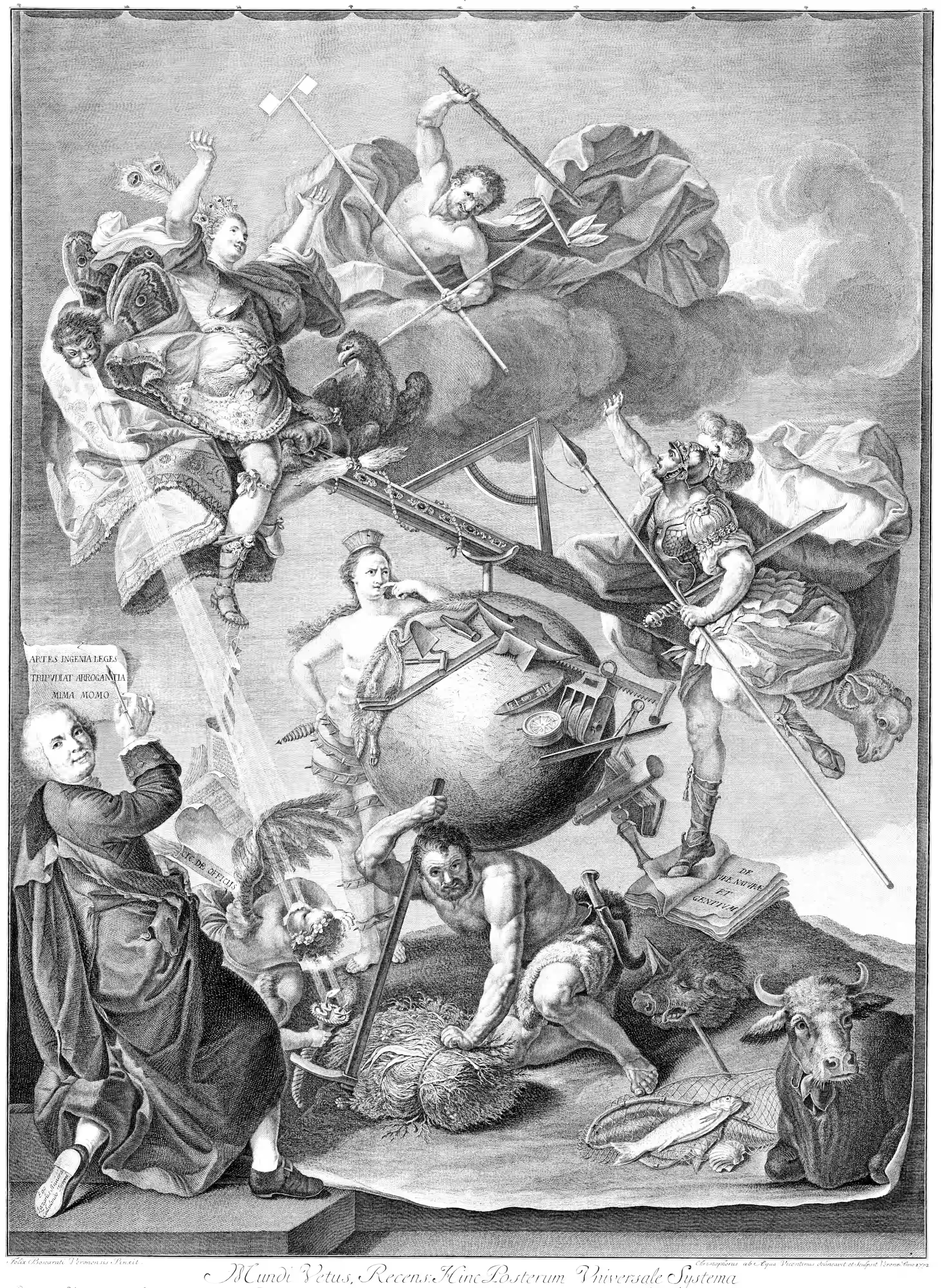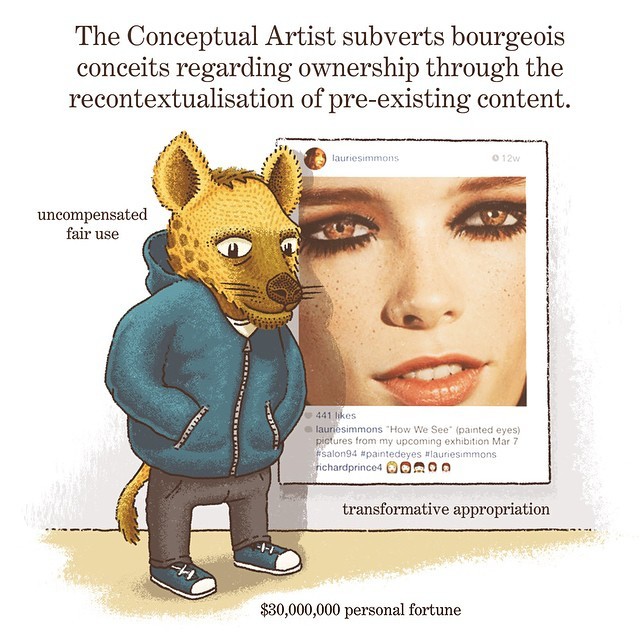Free images
Raiding history for clip art
August 31, 2014 — February 1, 2025
Suspiciously similar content
Sources for free books online. Since books have pictures in them, there is a lot of overlap with free books.
Arranged in descending order of addictiveness.
1 Rijksmuseum
The Dutch Rijksmuseum is amazing, with high-quality scans of lots of historical stuff. Of course, it skews heavily, well, Dutch. But if you have a taste for engravings and lithography of the 1600s and 1700s then… well, the Dutch were doing a lot of that.
This is my current favourite. The Rijksmuseum is incredibly generous with their high-resolution scans, and the search is solid. It includes some non-Dutch stuff but… well, maybe if I can’t find a Dutch engraving to illustrate what I want, I should change my topic to one that can be illustrated by Dutch engravings.
A great starting collection to give the flavour is mysteries or Weird stuff, or the collection of my own bookmarks.
My current favourite search is Almanacs. But there is so much amazing stuff more than that.
If the 10-megapixel images that the site serves me through the browser are not enough, I can contact them and a friendly human will send me the full-size version.
Searching is better if I translate search terms into Dutch. I do this so often that I wrote a script to do it for me.
The Memory indexes many Dutch collections, including the Rijksmuseum, and acts as a pretty good index for the Rijksmuseum, e.g.
2 Internet public library books
The internet public library is a trove of books, in delicious high-resolution downloadable formats. Unfortunately, they are hard to search for images.
I still use them if I know what I am looking for; For example, I found an addictive book of engravings of metamorphosing insects (Duncan and Blanchard 1870) that way.
For a while there, we had a great Flickr index to the images, but they arsed it up.
3 Public Domain Review
I also love The Public Domain Review:
Founded in 2011, The Public Domain Review is an online journal and not-for-profit project dedicated to the exploration of curious and compelling works from the history of art, literature, and ideas.
Similar to Bibliodyssey, but with more scrupulous licensing. Excellent curation.
They now offer the Public Domain Image Archive which includes nicely processed versions of their favourite 10,000 images.
Criticism: Although the images are attributed, annoyingly, I usually can’t click through from a particular image to the correct page in the source books. It would have been an easy and pro-social feature for them to add.
Favourites:
- Cat Pianos, Sound-Houses, and Other Imaginary Musical Instruments
- Redressing the Balance: Levinus Vincent’s Wonder Theatre of Nature
- Experiments and Observations in a Heated Room (1774)
- Music of the Squares: David Ramsay Hay and the Reinvention of Pythagorean Aesthetics
They create merch!
Affinities: A Journey Through Images from The Public Domain Review
Prints. If you want to decorate my house for me, buy me these thx
- Ancient Intersection of the Via Appia and Via Ardeatina – Product — The Public Domain Review
- Banana Tree Flower with Io Moth – Product — The Public Domain Review
- Calaveras Riding Bicycles – Product — The Public Domain Review
- The Paroquet – Product — The Public Domain Review
- Alaria esculenta – Product — The Public Domain Review
4 Bibliodyssey
Paul K a.k.a. Bibliodessy used to lovingly hand-curate classic book images. Peking opera figures? Baltic Heraldry? The Astrolabe Molluscs? No longer active, but still worth checking out.
5 Smithsonian
The Smithsonian Institution images were a high-profile open access launch. Have not tested them in practice.
6 Digital Commonwealth
Digital Commonwealth is a non-profit collaborative organisation, founded in 2006, that provides resources and services to support the creation, management, and dissemination of cultural heritage materials held by Massachusetts libraries, museums, historical societies, and archives. Digital Commonwealth currently has over 200 member institutions from across the state.
This site, managed by the Boston Public Library, provides access to thousands of images, documents, and sound recordings that have been digitized by member institutions so that they may be available to researchers, students, and the general public.
Some really nice ones in there, e.g. 19th Century American Trade Cards.
7 British Library collection
British Library collection on Flickr is useful if a little straight-laced. They had a conservative collection policy, or a conservative upload policy. It’s hard to find lurid, prurient, or provocative images, but there are some very beautiful and edifying ones, if that is your thing. However, it is much better than the non-Flickr BL digital collections, with their tedious download process, much red tape around usage rights, high fees, and a generally mean-spirited, stingy approach to the public domain. Generally, if you want something cool from the British Library, you are better off seeing if the internet public library has it, or the Rijksmuseum, or the Smithsonian, or the Met, and you will save time and also get a higher quality image for free.
8 Emblem project
If your tastes are very specific, about weird, allegorical proto-comics from the 1600s, the Emblem Project Utrecht has you covered. Has us covered, I should say.
9 Google indices
Google arts and culture indexes some collections, including e.g. the Rijksmuseum. The search function is somehow just not very joyful for me to use. It finds nice artworks about the topic I put in, but never anything weird or niche or startling.
10 Unsplash
Unsplash is community-driven copyleft photos. Less classic archival stuff, more stock-photo replacement. This is occasionally what I want, and even if not I usually learn something cool about a landscape I never saw before.
11 Picryl
picryl is a service that indexes public domain images. High-resolution images are pay-for-download and the rest are free. I could give them USD25/month for the high-resolution or I could use their search index and then use a reverse image search such as tineye to find a higher resolution version. Occasionally that way I find one that is higher resolution than even the paid-for picryl copy.
The search function is reasonably good. The UX is rough in spots — don’t get me started on their horrible date range selector. When downloading images I need to click through a remarkable number of things, and do some mandatory tagging. Maybe that goes away if I pay?
We could think of it as a pay-to-play substitute for the sadly lamented Internet Public Library Book Images Flickr project. I cannot quite justify paying their monthly rate yet (I pay for SO MANY SERVICES), but we shall see if they wear me down.
12 Library of Congress
The Library of Congress Picture Collection is wonderful but seems to mostly index photographs and similar items. If you want to get at book illustrations, and I do, you can also but the index is mediocre. We need to know which book we are looking for.
If we do know that the situation is favourable. There are some good ones, e.g. Le diverse et artificiose machine with high-quality downloads.
13 Paris Museums
Art! Art! Art! Paris Musées has 100,000 artworks for use apparently.
14 Metmuseum
Metmuseum Open Access has a 400,000-strong open access public domain art image collection. Resolution tends to be low. Photographs are professional, though.
15 Currently obsessing over
JJ Grandville
- archive.org, especially Un autre monde (Grandville and Delord 1844), a masterwork. For a background about this guy, try the essay Grandville, Visions, and Dreams
More Jean Ignace Isidore Gérard Grandville! I am obsessed. And more: Jérôme Paturot à la recherche d’une position sociale
Thomas Wright’s An Original Theory or New Hypothesis of the Universe (1750)
Athanasius Kircher light and shadow at Wolfenbütteler Digitale Bibliothek
Fludd, Robert, Utriusque cosmi maioris scilicet et minoris metaphysica, physica atque technica historia (“The metaphysical, physical and technical history of both the greater and the lesser cosmos”) (Fludd 1617) See Robert Fludd and His Images of The Divine
Clara in Blunderland. With forty illus. by S.R : Lewis, Caroline
Kircher, Athanasius, Musurgia Universalis Sive Ars Magna Consoni Et Dissoni (Kircher 1650)
Les raisons des forces mouuantes auec diuerses machines tant vtilles que plaisantes : aus quelles sont adioints plusieurs desseings de grotes et fontaines : Caus, Salomon de, d. 1626 (Caus, Nugent, and Burndy Library 1615)
16 To print
- Frontispice met fantasieruïnes en sculptuur van Minerva, Giovanni Battista Piranesi, 1748 - 1778 - Rijksmuseum
- Frontispice met een fantasievoorstelling van de Via Appia Antica, Giovanni Battista Piranesi, ca. 1756 - ca. 1757 - Zoeken - Rijksmuseum
- Frontispice met antieke ruïnes en een triomfboog, Giovanni Battista Piranesi, ca. 1756 - ca. 1757 - Rijksmuseum
17 IPL on On Flickr
A sad story.
Internet archive book images on Flickr were my favourite thing on the internet. They have an elegant origin story. The quirky and serendipitous search makes for amazing image finding. (update: search no longer quirky or serendipitous, simply broken, see above.)
They were my primary source of illustrations on this blog. For example, Jan David’s 1603 classic Christeliicken waerseggher images are wildly tripped out. (IPL link.)
However, this wonderful resource is dead now, thanks to repeated mishandling.
First, the flickr account was deleted without warning, all the content and annotations deleted. The account was reinstated. But then search is broken in Flickr and it does not seem likely they will fix it — the outage has lasted two years and counting. The usefulness of this tool is greatly diminished.
In any case, AFAICT the Internet Public Library has stopped updating Flickr with new images; for anything more recently digitised, we must scrape the images manually from the source books.
I no longer trust this arrangement, I have removed many links to flickr and now I use Rijksmuseum instead for my serendipitous image search, because it is incredible.
18 Incoming
Old book illustrations lithograph curation is good, although you must pay $15 a month to get access to many full-res versions.
Biodiversity Heritage Library has nature sketches and such.
NYPL collections are good but not all full resolution without a fee.
Public Domain Collections: Free to Share & Reuse | The New York Public Library

